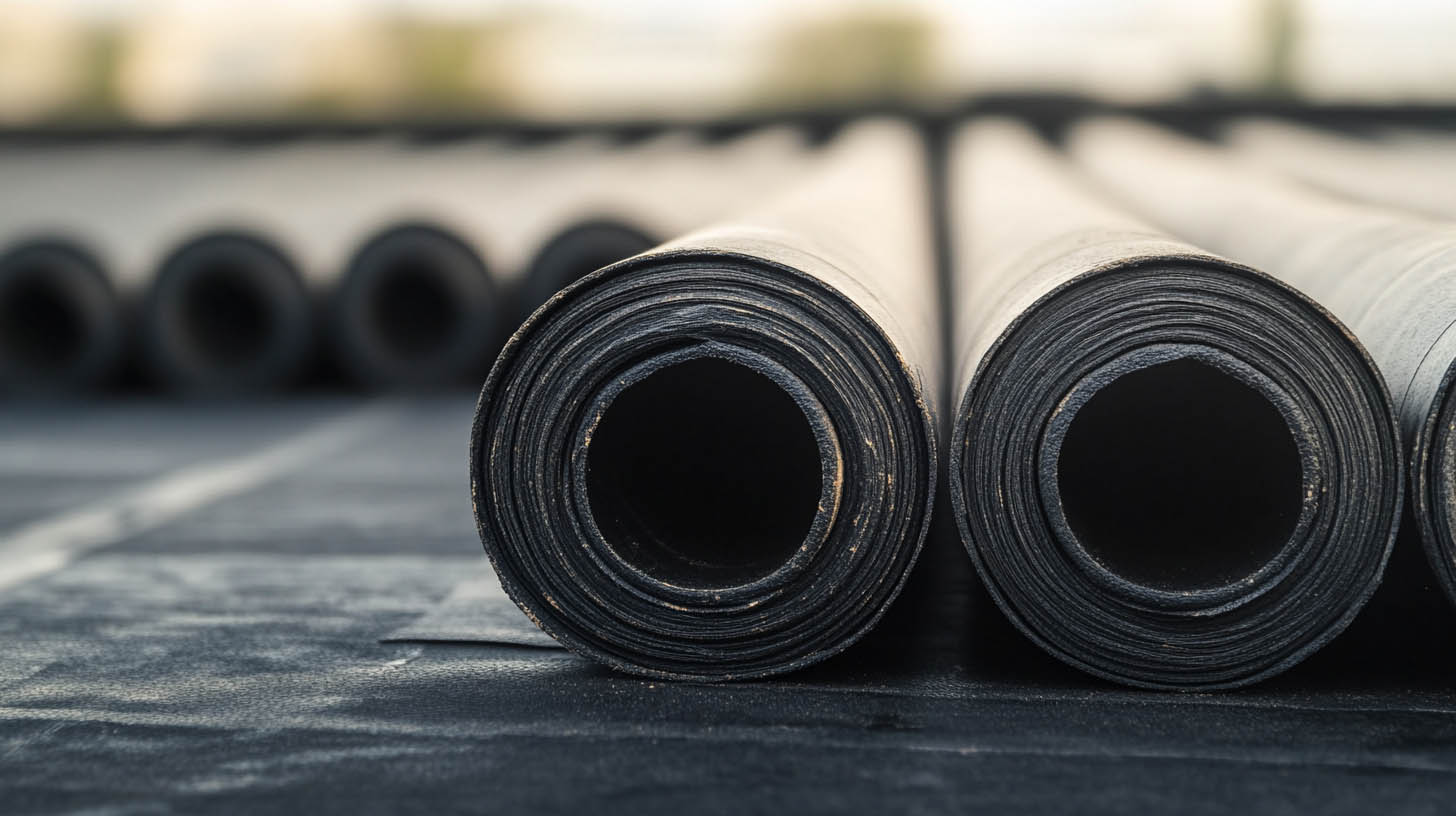
Roof underlayment is a critical component of any roofing system, acting as a protective barrier between the roof deck and the outer roofing material. Companies like Rainstoppers Roofing ensure the proper selection and installation of high-quality underlayment to maximize roof performance and longevity.
Types of Roof Underlayment and Their Lifespans
1. Asphalt-Saturated Felt: This traditional underlayment is made from organic or fiberglass material saturated with asphalt.
- Lifespan: 15–20 years
- Pros: Affordable and easy to install
- Cons: Less durable and prone to tearing
2. Rubberized Asphalt: Modern and durable, this underlayment often features a peel-and-stick backing for superior adhesion.
- Lifespan: Up to 30 years or more
- Pros: Excellent waterproofing, self-sealing properties
- Cons: Higher cost
3. Synthetic Underlayment: Made from polyethylene or polypropylene, synthetic options are lightweight and resistant to tearing.
- Lifespan: 25–40 years
- Pros: Durable, UV-resistant, and moisture-resistant
- Cons: Higher upfront cost
4. Self-Adhering Membranes: The most premium option, offering exceptional waterproofing and adhesion.
- Lifespan: 30–50 years
- Pros: Ideal for extreme climates, superior durability
- Cons: Expensive and requires professional installation
Factors Influencing Underlayment Longevity
- Climate: Extreme weather conditions like heavy rain, snow, or intense UV exposure can impact underlayment durability.
- Installation Quality: Proper installation prevents wrinkles, tears, and gaps that compromise performance.
- Maintenance: Regular inspections and cleaning help extend underlayment life by addressing issues early.
Choosing the Right Roof Underlayment
When selecting an underlayment, consider cost versus longevity, climate compatibility, and warranty options. While self-adhering membranes offer the longest lifespan, they may not be necessary for milder climates where synthetic or asphalt-saturated felt could suffice.
Unique Fact: Self-adhering membranes can last at least 20 to 30 years, making them one of the most durable options for roofing underlayment in extreme weather conditions.
FAQs
1. Can underlayment be repaired, or must it be replaced? Minor damages can be patched, but extensive wear requires full replacement.
2. Is synthetic underlayment worth the cost? Yes, its durability and low maintenance make it a cost-effective option over time.
3. How does underlayment protect against leaks? It acts as a secondary barrier, preventing water infiltration if the outer roofing material is compromised.
4. Can underlayment be exposed to sunlight during installation? Some synthetic underlayment can withstand temporary UV exposure, but prolonged exposure may degrade its quality.
5. How often should underlayment be inspected? Regular inspections should coincide with roof maintenance schedules, typically twice a year or after severe weather events.
Investing in the right roof underlayment and ensuring proper installation by experts like Rainstoppers Roofing can significantly enhance the longevity and performance of your roofing system.If you want to read a blog about the top 5 asphalt shingle colors homeowners love, click here.
